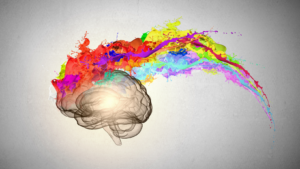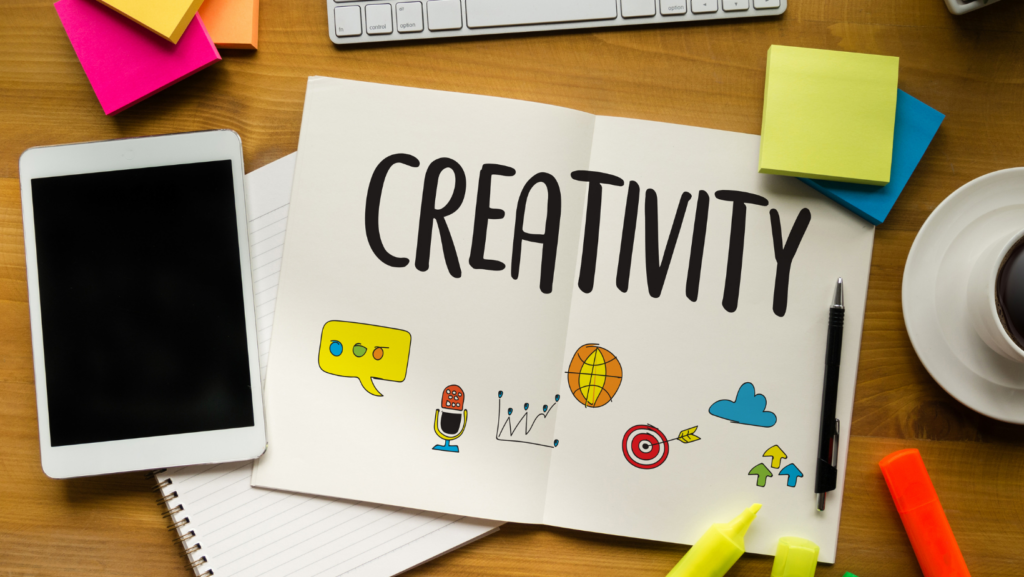In a world where innovation is king and originality reigns supreme, the creative thinking process has never been more important. It’s not just for artists or writers; it’s a vital skillset for anyone looking to stay ahead in today’s fast-paced, ever-changing landscape.
Whether you’re an entrepreneur seeking the next big idea, a student striving for academic excellence, or a professional aiming to solve complex problems, understanding the creative thinking process can be your secret weapon. So, let’s delve into the fascinating world of creative thought and discover how it can unlock your potential.
Creative Thinking Process

Bringing clarity to the elusive concept of the creative thinking process, this section probes deeper into its definition, importance, and stages. Building on the foundation laid in the previous section, it continues to unravel the potentials of this crucial yet often underappreciated skill.
The 4 Stages of the Creative Thinking Process
Delving into the mechanics of the creative thinking process, one discovers it unfolds in four stages.
- Preparation: During the initial stage, individuals gather all relevant materials, soaking up information from diverse sources, setting the stage to fuel creativity.
- Incubation: In this phase, the subconscious mind comes into play. It organizes and processes the collected information, linking ideas to generate creative solutions.
- Illumination: Often materializing suddenly, this stage represents the ‘Eureka!’ moment, where the desired solution or innovative idea emerges.
- Verification: In the final stage, the creative idea is tested and refined, ensuring it’s not only original but also valuable and applicable.
Each stage of the creative thinking process is integral to fostering and nurturing innovative ideas, offering both a roadmap and a framework for harnessing the power of creativity.
The Role of Mindset in the Creative Thinking Process

The perspective of a person plays a crucial role in the creative process. A mindset, described as a set of attitudes or beliefs one holds, directly influences an individual’s approach to problem-solving and idea generation.
A growth mindset can provide a significant boost to an individual’s creativity. Nurturing a growth mindset, one that sees intelligence and abilities as malleable, often leads to increased resilience, broadened perspectives, and heightened innovative thinking. When facing novel problems, individuals with a growth mindset aren’t deterred by challenges. Instead, they embrace them, seeing them as opportunities to explore, learn, and innovate. Thus, fostering a growth mindset can lead to a wellspring of inventive ideas, promoting a continuous creative process.
For instance, in business settings, leaders with growth mindsets actively seek out innovative solutions rather than relying on traditional methods. Similarly, in educational fields, students possessing a growth mindset tend to approach difficulties as learning opportunities, boosting their problem-solving capabilities.
Techniques to Boost Your Creative Thinking Process

Brainstorming represents one of the most universally recognized and employed methodologies in fostering creativity. Emphasizing free-flowing, unrestricted ideation, brainstorming serves effectively in both individual and team settings. For example, Osborn’s classical approach suggests no idea is off-limits, advocating for a quantity-over-quality approach in the initial phases. On the other hand, Nominal Group Technique employs a more structured process to convergent and divergent thinking, reducing peer pressure and aiding in the even distribution of participation.
Visualization, the technique of graphically representing thoughts, emerges as a potent tool in the creative process. As individuals think in terms of images, visualization techniques such as storyboarding, graph drawing, and doodling offer a concrete manifestation of abstract ideas. Furthermore, principles of Gestalt psychology highlight that people often comprehend an entire structure quicker than individual components.
Mind Maps, a visualization tool that mirrors how the brain works, holds significant promise in fanning the flames of creativity. An effective mind map, resembling a tree with several branches, starts with a central topic from which related ideas sprout outward in a radiant pattern. This non-linear representation stimulates the brain’s neural networks, providing an intuitive way to organize and connect thoughts.



